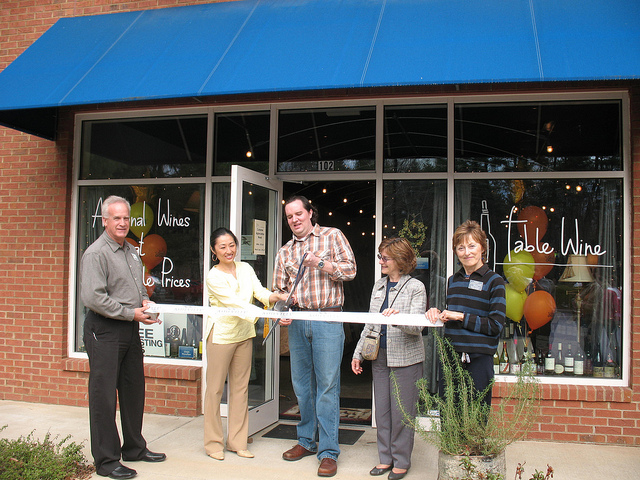In the Winter 2015 edition of American Bicyclist magazine, a publication of the League of American Bicyclists, an interview with Harriet Tregoning, Director of the Office of Economic Resilience, says linking housing development and bicycling infrastructure creates community resilience. She makes three salient points: bicycling as a transportation alternative can be a lifelong activity, bicycle infrastructure makes neighborhoods more attractive for residents, and bicycling helps create car-light households. How do these three points create community economic resilience?
The first consideration is creating a community of lifelong exercisers. The prevalence of obesity in all adults over age 20 in 2012 was 34.9% (2013, Center of Disease Control). That number gets higher each year. A healthy workforce is a resilient workforce. Without a healthy labor pool, business and industry lose money. By becoming more bicycle friendly, communities can build economic sustainability through the creation of a healthy workforce.
Secondly, studies continue to show that choices in transportation opportunities for neighborhoods make them more valuable to people, when choosing where to live. In fact, a report published on January 29, 2015 by the American Association of State Highway and Transportation Officials (AASHTO) claims that commuting in America is behind us. While the reasons for this decline are subject to debate, the statistics show a decline by demographics, and will continue to show a decline for the next 20 years. The resiliency created here is the stability of housing in communities nationwide. Economic stability is only partly created by providing opportunities for stable, equitable employment; it’s equally about providing good quality, equitable, and affordable housing opportunities for a healthy workforce. Making housing opportunities attractive in your community makes your community economically sustainable.
And finally, by creating an opportunity for car-light (or in some cases, no-car) households, we reduce the monthly cost of transportation for families. More financial capital is available for use in the community economy. Families can also afford to save money, making the individual family unit more resilient in the face of personal losses and gains.
Community resiliency should always be the goal of development efforts and strategies. And as said by Megan Odett, founder of Kidical Mass DC, “Don’t just settle for safe routes to school – build safe routes to everywhere” (2015, American Bicyclist). Well said, Megan. Well said.
Go ride your bike (and take the kids)!

